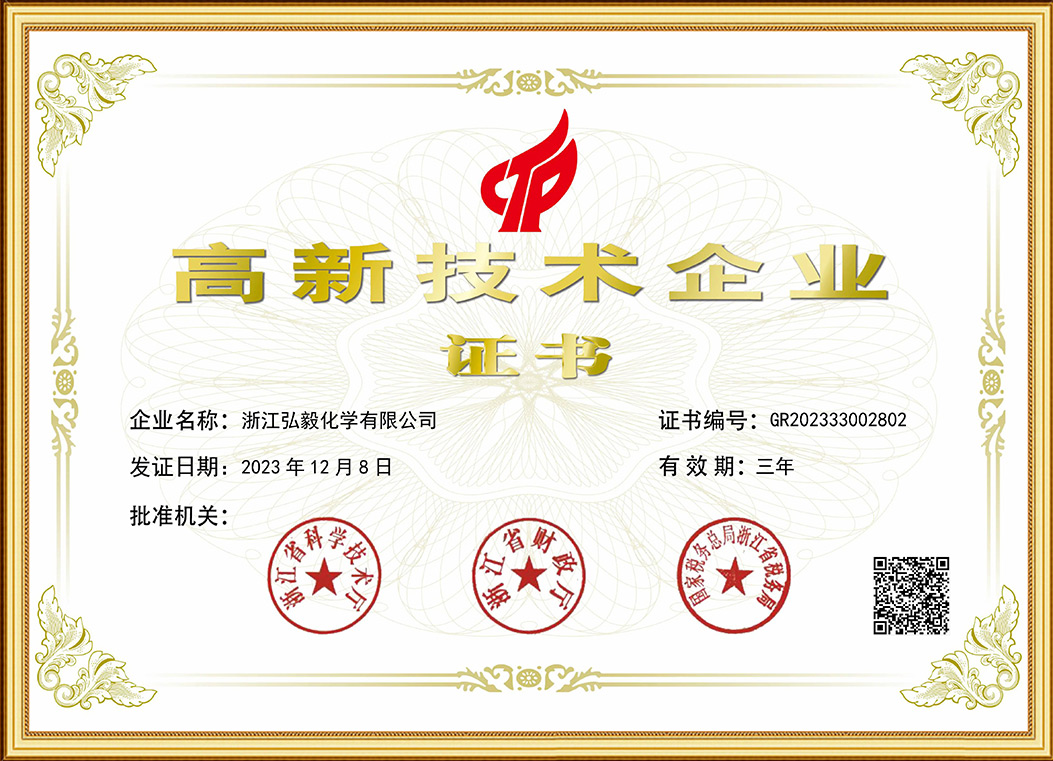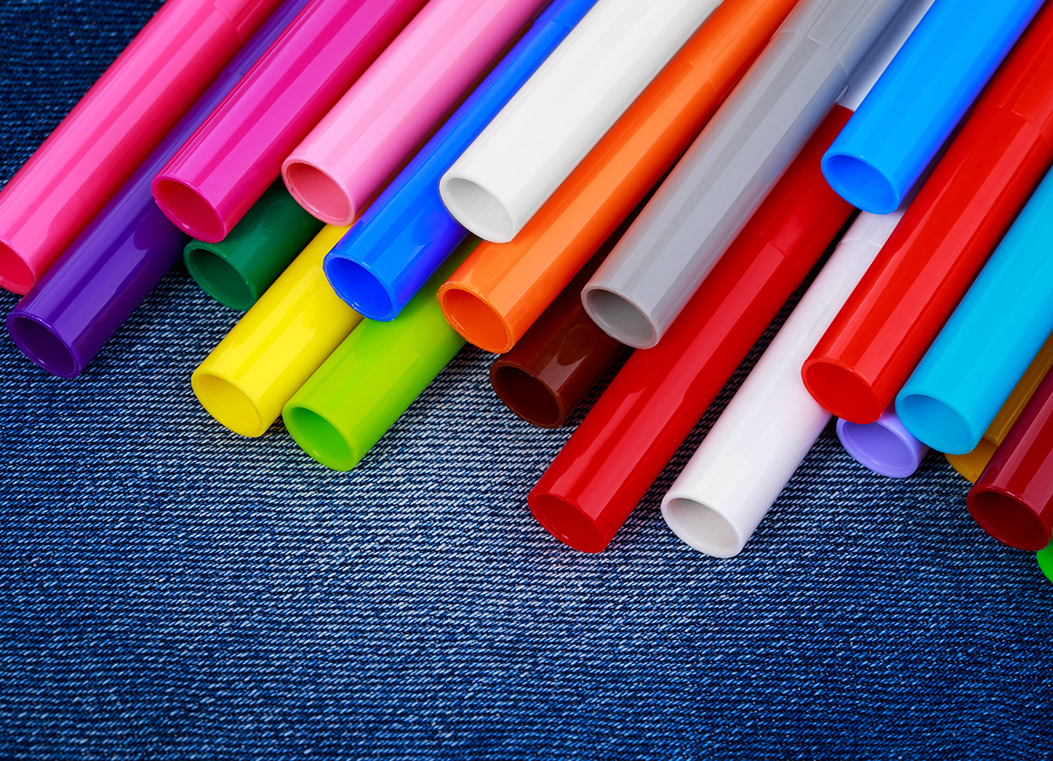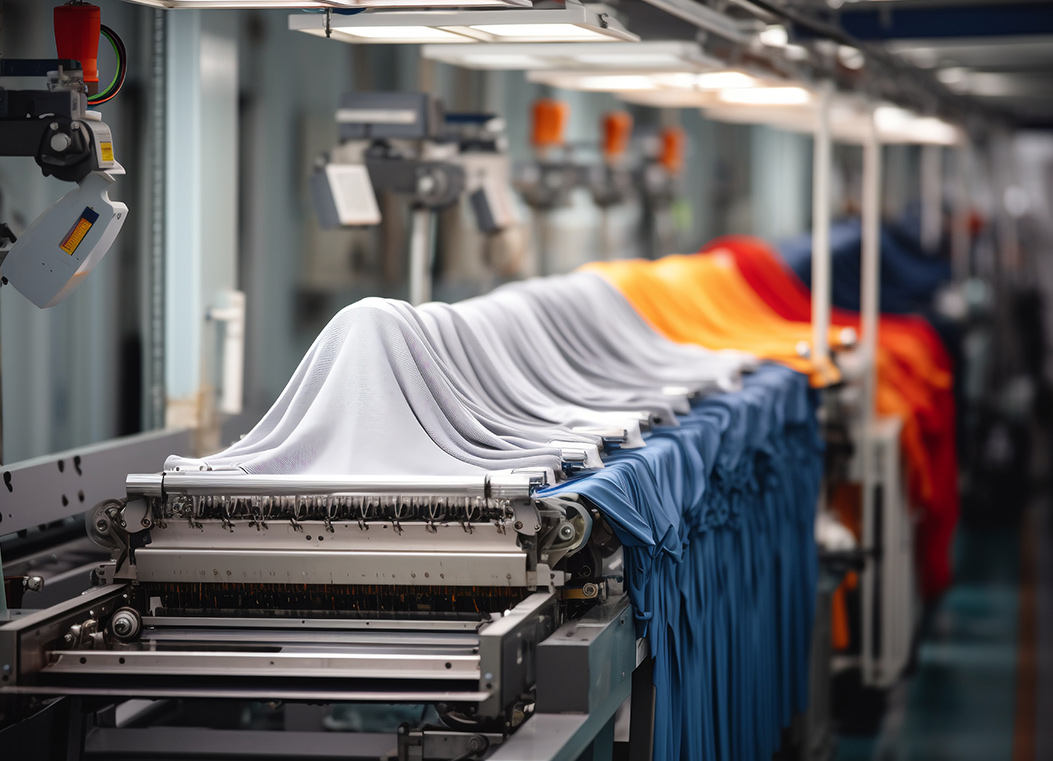Fluorescent whitening agents (FWAs), also known as optical brighteners, are compounds widely used in various industries to enhance the visual appearance of products. These agents absorb ultraviolet (UV) light and re-emit it as visible blue light, which counteracts the yellowish hues of materials, making them appear brighter and whiter. The application of optical brighteners spans across different industries, including textiles, plastics, and paper manufacturing. In this article, we will explore the different types of fluorescent whitening agents and their specific applications, particularly focusing on their use in PVC pipes and PP materials.
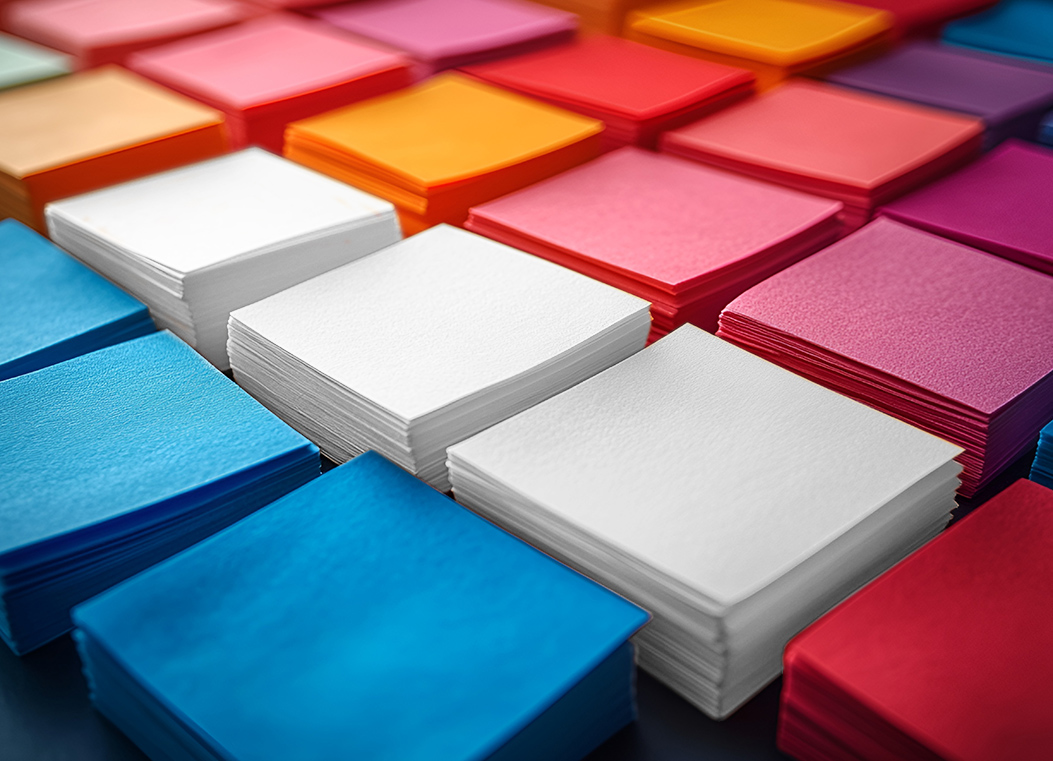
Optical Brightener for PVC pipes are crucial in improving the aesthetic quality of pipes made from polyvinyl chloride (PVC). PVC is often used in construction, plumbing, and electrical applications due to its durability and cost-effectiveness. However, it can sometimes have a yellowish tint that affects the overall appearance of the product. By adding optical brighteners for PVC pipes, manufacturers can improve the brightness and whiteness of the pipes, making them visually more appealing. These brighteners are typically chosen for their stability and effectiveness in the specific formulation of PVC, where they help to maintain the clarity and whiteness of the product over its lifetime.
Similarly, optical brighteners for PP (polypropylene) are gaining popularity in applications where polypropylene is used, such as in packaging, automotive parts, and household products. Polypropylene, like PVC, can exhibit a slightly yellowish or off-white tone, particularly when exposed to sunlight or heat over time. To combat this, Optical Brightener for PP are introduced into the polypropylene matrix, providing the desired bright and white appearance. These optical brighteners are carefully selected to be compatible with the polypropylene material and are formulated to withstand the conditions that polypropylene is typically subjected to, such as temperature variations and UV exposure. The result is a product that remains visually appealing while maintaining its structural integrity.
One of the key benefits of using optical brighteners for PVC pipes and PP materials is the enhancement of the product's overall visual appeal. Whether in consumer products or industrial applications, appearance plays a significant role in customer satisfaction. The use of optical brighteners can help manufacturers meet the aesthetic expectations of their customers while also maintaining the functional qualities of their products. Furthermore, optical brighteners can improve the marketability of PVC and PP products, especially when competing in industries where appearance is a key differentiator.
The selection of the right optical brightener for each material is crucial. For PVC pipes, it is important to choose an optical brightener that offers reliable dispersion properties within the PVC compound. This ensures that the brightener is evenly distributed throughout the pipe, providing consistent whitening across the entire product. For PP, optical brighteners are chosen based on their ability to perform well under the thermal processing conditions that polypropylene undergoes. Since polypropylene is often used in products that may be subjected to high temperatures, it is important that the optical brighteners used for PP can withstand these conditions without degrading.
In addition to their role in improving the aesthetic qualities of PVC pipes and PP, optical brighteners also contribute to product longevity. Over time, products made from PVC or PP may become discolored due to exposure to environmental factors such as UV light and temperature changes. Optical brighteners can help reduce the appearance of these discolorations, thus prolonging the visual lifespan of the products. This is particularly important in industries where products are meant to last for many years, such as in construction and plumbing, where PVC pipes are frequently exposed to the elements.
The environmental impact of optical brighteners is also an important consideration for manufacturers. While these compounds are essential for achieving the desired whitening effects, the industry is increasingly focusing on the environmental impact of their use. Many modern optical brighteners for PVC pipes and PP are designed to be more eco-friendly, with a focus on biodegradability and low toxicity. This allows manufacturers to meet environmental standards while still benefiting from the visual enhancements provided by the optical brighteners.
In conclusion, optical brighteners play a significant role in enhancing the appearance of materials such as PVC pipes and PP. The use of optical brighteners for PVC pipes ensures that products are bright, white, and visually appealing, while optical brighteners for PP offer similar benefits in a range of polypropylene-based applications. By carefully selecting the appropriate optical brighteners for each material, manufacturers can improve the aesthetics and longevity of their products, meeting both consumer expectations and industry standards. As the demand for sustainable solutions grows, the development of environmentally friendly optical brighteners will likely continue to shape the future of these essential additives.

 EN
EN 中文
中文 ES
ES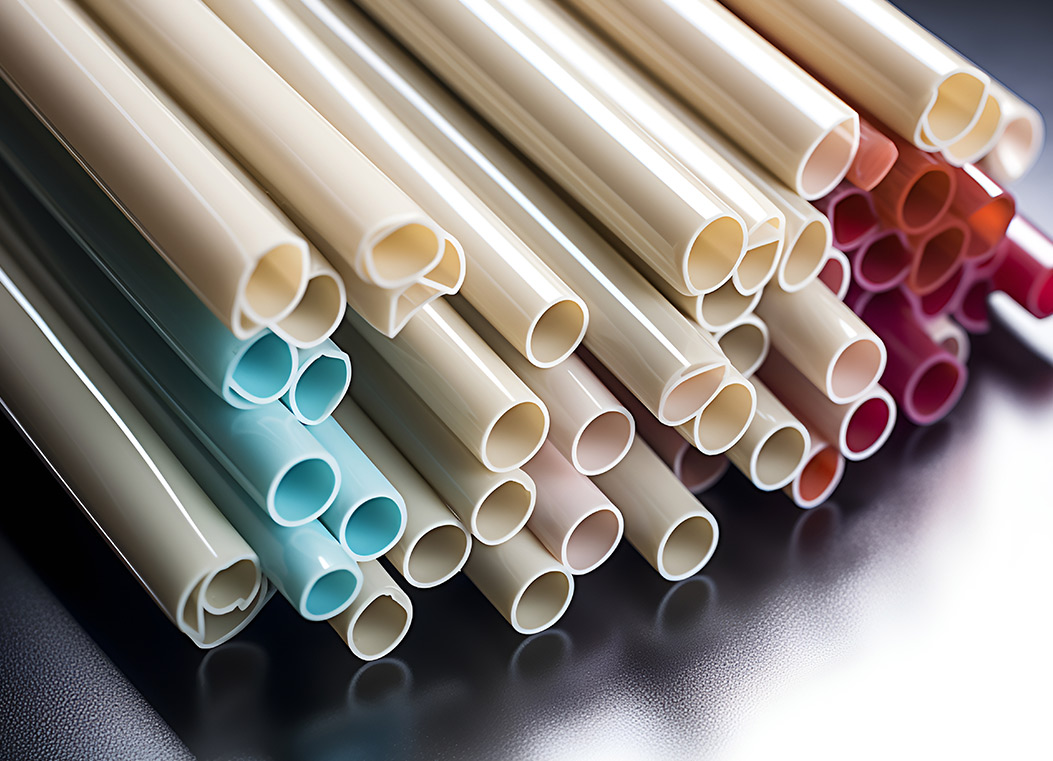
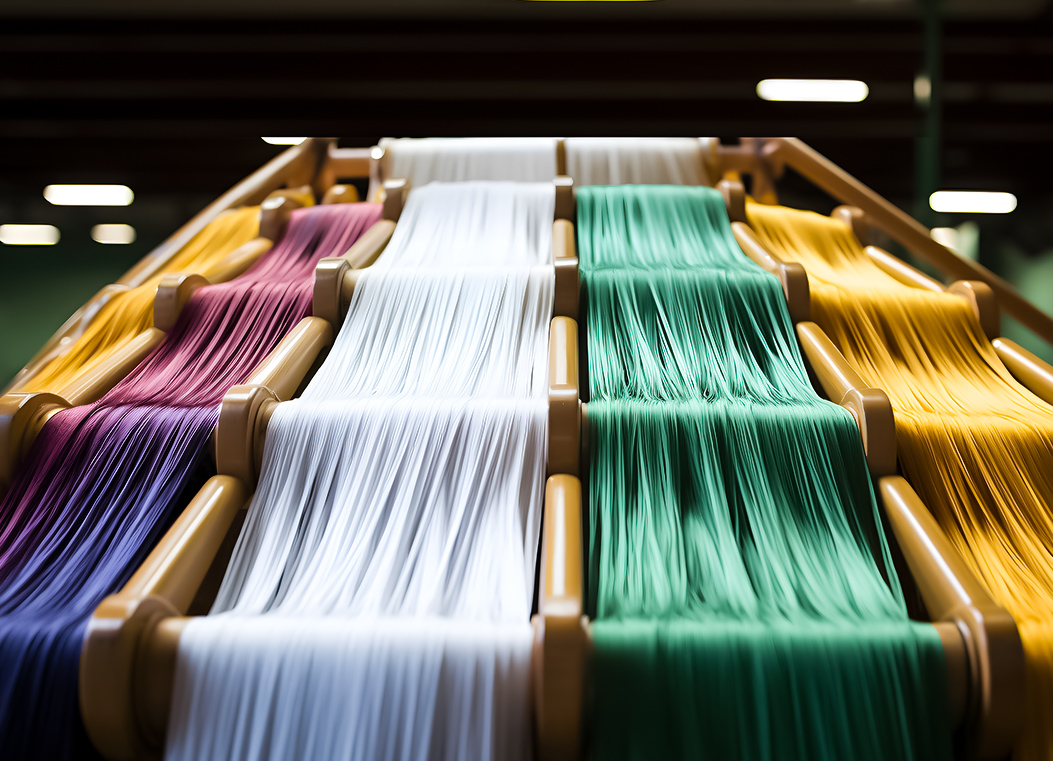



.jpg)
